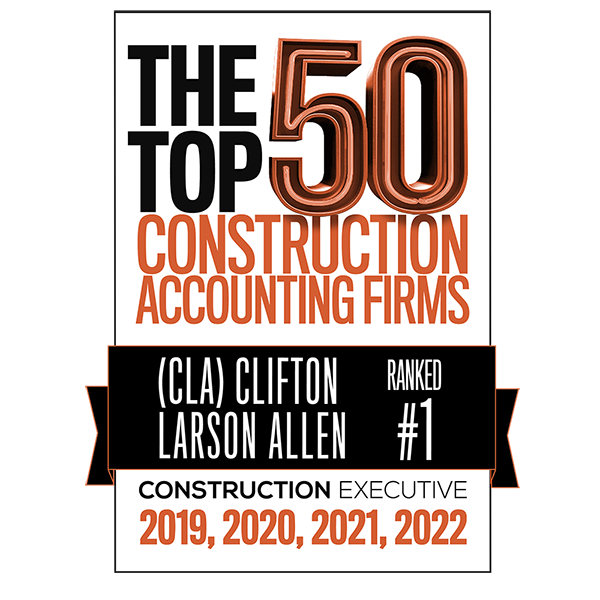Leases, If FASB Can Change, We All Can Change

For me, the development and implementation of FASB ASC 842, Leases played out like the plot of Rocky IV.
After Rocky reclaimed his boxing championship title from Clubber Lang, he planned to relax and spend time with his family. Similarly, after the adoption of FASB ASC 606, Revenue from Contracts with Customers, it seemed time to enjoy the fruits of our efforts. For Rocky and me, it was not to be though.
Ivan Drogo killed Rocky’s friend Apollo Creed and FASB issued the lease standard, so it was time to lace up the gloves again and get to work for me and Rocky.
There was a lot learned along the way for Rocky and me. Originally, I felt that the effort to recognizing right-of-use (ROU) assets and lease liabilities on the balance sheet outweighed the benefit. Over time, I began to appreciate the nuances of this standard. As you may recall in the past, we develop a lease series concluding with Last but Not LEASED, which addressed many of these matters.
That said, a couple of significant issues remained related to common control leases.
- Lease term and legal enforceability
- Amortizing of leasehold improvements
The FASB met yesterday to discuss these matters.
Issue 1
The FASB agreed to expose a practical expedient, which clarifies the accounting. The board agreed on Approach 1A which amends Topic 842 to specify that an entity would consider only written terms and conditions in relation to leases. An entity would not be required to determine whether those written terms and conditions are legally enforceable. If approved, this practical expedient reduces cost and complexity, because there is no longer a need to consider legal enforceability of common control agreements.
It does create an issue of how to amortize leasehold improvements by a lessee for common control leases which is discussed in issue 2.
Issue 2
How should entities account for leasehold improvements with a life in excess of the lease for common control lease arrangements?
- Approach 1A – No change – Amortize over the shorter of the useful life of the asset or the remaining lease term.
- Approach 2B – Amortized by the lessee over the useful life of the improvements (regardless of the lease term) if the lessee continues to use the underlying assets) and then accounted for as a transfer between entities under common control if, and when, the lessee ceases using the underlying asset.
Much like Drago and Rocky’s boxing match, the debate among FASB Board Members was intense with valid points on each side. Being the accounting geek I am, I was on the edge of my seat. The decision could have gone either way, but in a split decision the Board chose Approach 2B, which in my opinion was the correct decision. In fact, this topic was the main reason I did not like the new lease standard to start with. It changed the economics of the transaction. Approach 2B allows common control entities to amortize leasehold improvements over the life of the asset and upon the termination of the lease, transfer any residual value to the common control lessor.
An exposure draft is being developed by FASB with an expected comment period of 45 days. More details and guidance to follow in the future.
So, like Rocky if you replace fight with Topic 842, the following quote summarized how I feel about the matter:
“During this fight (development of Topic 842), I’ve seen a lot of changing, in the way you feel about me, and in the way I feel about you. In here, there were two guys killing each other, but I guess that’s better than twenty million. I guess what I’m trying to say, is that if I can change, and you can change, everybody can change!”
Happy lease accounting!
We are available to assist if you have any questions or needs.
Michael A. (Mike) Westervelt is a principal with CLA with over 25 years of experience and a past Chair of the AICPA’s PCPS Technical Issues Committee (“TIC”). Mike is a National Assurance Principal and Construction Industry Assurance Leader. Mike specializes in thought leadership, ethics, independence, financial reporting, client service and accounting consulting for U.S. and international clients. He has managed relationships nationally and internationally for entities in the construction, manufacturing, hospitality, commercial service and healthcare industries. Mike is also a member of the AICPA’s Accounting and Review Service Committee (ARSC) and volunteers as a mentor for American Corporate Partners (ACP). Mike graduated from Iona College with a Bachelor of Arts in Accounting. He is a Certified Public Accountant licensed by the states of North Carolina and New York. Mike lives in Charlotte, NC and enjoys spending time with his family and an avid member of F3 who’s credo is “Leave no man behind, but no man where you find him.”


Very interesting